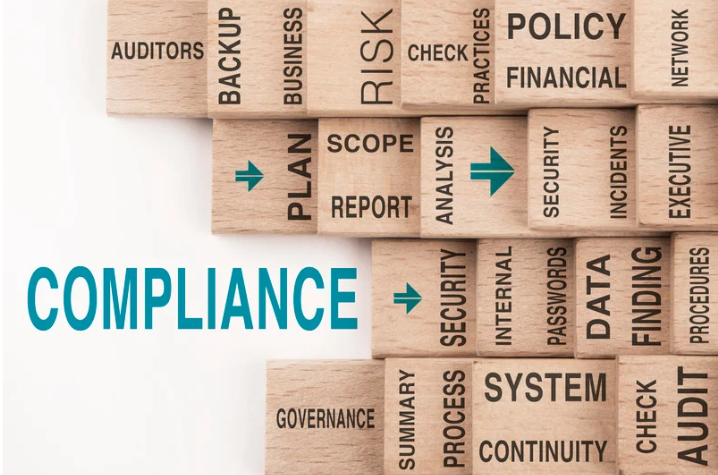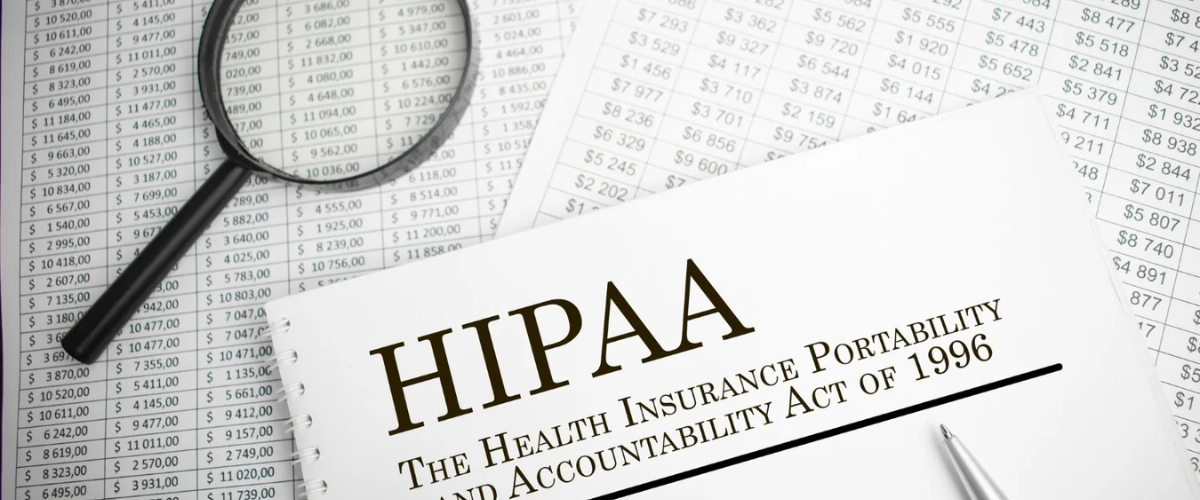June 17, 2025
The Hidden Burden of HIPAA: Why Security Risk Analysis Remains a Major Challenge for Small Medical Practices in 2025
- by Shanon Moore, Director, OSHA/HIPAA Compliance
In the ever-evolving world of healthcare compliance, small medical practices continue to face an uphill battle in keeping up with HIPAA requirements. While many are familiar with the basics such as privacy notices, employee training, and Business Associate Agreements, there’s one area that remains both critically important and consistently misunderstood: the Security Risk Analysis (SRA).

Despite being a required component of HIPAA’s Security Rule, the SRA is often overlooked or underestimated. For small practices with limited staff and stretched resources, completing a comprehensive SRA can feel like trying to decode a foreign language while managing other day-to-day responsibilities.
What Is a Security Risk Analysis, Really?
A Security Risk Analysis is a formal assessment of the risks and vulnerabilities to the confidentiality, integrity, and availability of electronic protected health information (ePHI). It’s not just a checklist or a one-time review. A proper SRA must:
➤ Identify where ePHI is stored, received, maintained, or transmitted
➤ Assess potential threats and vulnerabilities to those systems
➤ Evaluate the likelihood and impact of potential breaches
➤ Review current security measures and determine their effectiveness
➤ Document everything and develop remediation plans
In short, it’s a deep dive into your technical infrastructure, administrative safeguards, and organizational habits. And it must be reviewed and updated regularly, not just once every few years.
Why It’s Especially Difficult for Small to Mid-sized Practices
Small medical practices face a unique set of challenges when it comes to completing an SRA:
➤ Limited Internal Resources: Most small offices don’t have a dedicated IT or compliance team. The task of gathering data, evaluating risks, and documenting processes often falls to already overburdened administrators or providers themselves.
➤ Time Constraints: Conducting an SRA requires hours of focused work, including system analysis, interviews, and policy review. In busy practices, this often takes a backseat to patient care.
➤ Lack of Expertise: Many teams lack the technical knowledge needed to properly assess digital vulnerabilities, especially as cyber threats become more advanced.
➤ Fear of “Doing It Wrong”: Practices may attempt an SRA but miss key components, putting them at risk of non-compliance often without realizing it.
Common Missteps and Costly Assumptions
A recurring misconception is that completing a checklist or checking a box in an EHR platform is enough to meet the HIPAA requirement. Unfortunately, this is not the case. The Office for Civil Rights (OCR) has penalized multiple practices for either failing to conduct a true SRA or for conducting one that was incomplete or outdated. Even when well-intentioned, DIY approaches often fail to:
➤ Assess all systems where ePHI is stored (including mobile devices, cloud services, and backups)
➤ Identify emerging threats like phishing, ransomware, or remote work vulnerabilities
➤ Include a formal mitigation plan with defined timelines and responsible parties
Why Performing the SRA in 2025 is Important
Cyberattacks against healthcare providers have increased in frequency and severity. Ransomware, phishing attacks, and data breaches are no longer rare or limited to large systems. Hackers are targeting smaller, more vulnerable practices that lack sophisticated defenses.
The SRA is your first and best line of defense. It identifies your weaknesses before attackers do and provides a roadmap for protecting your data and your patients.
As we move through 2025, performing a Security Risk Analysis (SRA) is more critical than ever for healthcare organizations aiming to protect patient data and meet HIPAA requirements. With proposed changes to HIPAA regulations, suggesting that an SRA be conducted at least once every 12 months, establishing a strong foundation now ensures compliance readiness and minimizes future risk.
Conducting an SRA allows practices to identify current vulnerabilities in their administrative, technical, and physical safeguards, many of which may go unnoticed without a thorough assessment. Recognizing these risks early enables proactive measures to prevent breaches, data loss, and costly penalties. Equally important, maintaining this level of analysis over time creates a culture of continuous improvement and accountability, helping practices stay ahead of evolving threats and regulatory expectations.
Implementing annual SRAs demonstrates a long-term commitment to protecting patient information and positions organizations to adapt confidently in an increasingly complex digital landscape.

A Better Way Forward: Let Us Do the Heavy Lifting
At DoctorsManagement, we understand the real-world demands of running a medical or dental practice. That’s why we’re proud to offer a new Security Risk Analysis (SRA) service designed specifically for healthcare practices.
Our experienced compliance team will handle the entire process on your behalf, including:
➤ Reviewing your current systems and security controls
➤ Identifying potential threats and vulnerabilities
➤ Documenting findings and generating a remediation plan
➤ Ensuring your SRA meets HIPAA and OCR expectations
Whether you’re conducting your first SRA or need to update a prior assessment, we make it manageable, efficient, and stress-free.

























